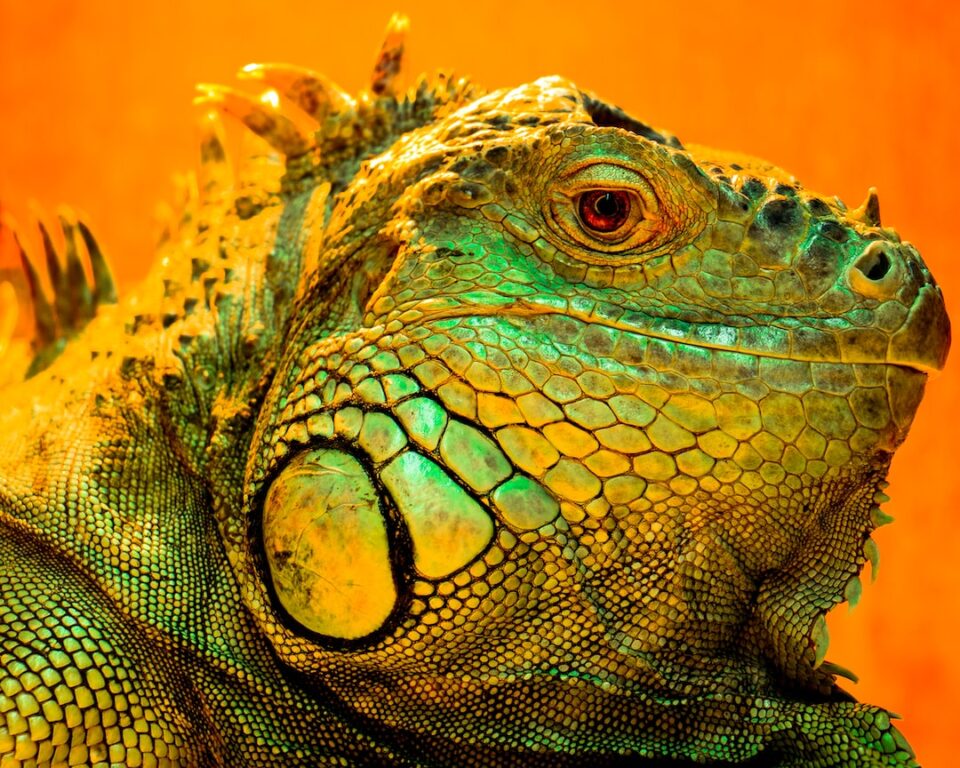The Unique Adaptations of Camouflage in the Animal Kingdom
In the vast and diverse animal kingdom, adaptation is key to survival. One particularly fascinating adaptation that has evolved in many species is camouflage. Camouflage refers to an animal’s ability to blend into its surroundings, making it virtually invisible to predators or prey. Let’s take a closer look at some of the incredible strategies and adaptations used by animals to achieve this feat.
One of the most well-known examples of camouflage is seen in chameleons. These remarkable reptiles are able to change the color of their skin to match their environment. By adjusting the pigments in their skin cells, chameleons can go from bright green to brown or even red, allowing them to blend seamlessly into their surroundings. This sophisticated adaptation is not only useful for remaining hidden from predators but also for sneakily approaching prey.
Another incredible example of camouflage can be observed in the leaf insect. This insect is a master of disguise, expertly mimicking the appearance of a leaf, complete with veins and even brown spots. By bending their body and remaining motionless, leaf insects become almost indistinguishable from an actual leaf, making them virtually invisible to predators. This remarkable adaptation not only allows them to evade detection but also enhances their chances of catching unsuspecting prey.
Underwater, the natural world is teeming with amazing examples of camouflage. Take, for instance, the octopus. These intelligent cephalopods possess the unique ability to change not only the color but also the texture and pattern of their skin. Using specialized pigment cells called chromatophores, octopuses can rapidly alter their appearance to match the texture and color of the surrounding coral reef or rocky seafloor. This incredible display of camouflage not only helps them hide from predators but also aids in sneaking up on unsuspecting prey.
One of the most effective camouflage adaptations is found in the Arctic fox. This resourceful predator has adapted to its snowy surroundings by developing thick, white fur that perfectly matches the snow-covered landscape, rendering it invisible to prey such as lemmings and rodents. Additionally, during the summer months when snow is scarce, the Arctic fox molts, shedding its white coat and revealing a shorter, brownish-gray fur that helps it blend into the tundra. This adaptation not only ensures the survival of the Arctic fox but also portrays the ingenuity of nature’s camouflage strategies in extreme environments.
Some animals have even taken camouflage to the next level by using mimicry. Mimicry involves imitating the appearance of another species or object to deceive predators or prey. One fascinating example of mimicry can be found in the walking stick insects. These insects have evolved long, slender bodies with appendages that resemble twigs or branches. By adopting such a disguise, walking stick insects are able to blend seamlessly into their forest habitat, effectively hiding from predators and increasing their chances of survival.
Nature’s incredible adaptations for camouflage are not limited to terrestrial animals. The flounder fish, for example, possesses an impressive ability to alter its appearance to match the seafloor. By adjusting its skin coloration and texture, the flounder can mimic the sand or gravel beneath it, making it nearly impossible to detect by predators or prey. This exceptional adaptability allows flounders to ambush their unsuspecting prey or successfully avoid being detected themselves.
From the terrestrial to the aquatic world, animals have developed extraordinary adaptations for camouflage. Chameleons change colors, leaf insects mimic foliage, and octopuses morph their entire appearance. Arctic foxes blend perfectly into snowy landscapes, walking stick insects deceive with their twig-like appearance, and flounder fish adapt to the seafloor. These incredible adaptations highlight the brilliance of nature and the multitude of ways in which animals have evolved to survive and thrive in their respective habitats.
As we learn more about the intricate strategies and unique adaptations employed by different animal species, we gain a deeper appreciation for the complexity and beauty of the natural world. This exploration of camouflage offers a glimpse into the never-ending wonders nature has to offer, reminding us that even in the animal kingdom, blending in is sometimes the key to standing out.

